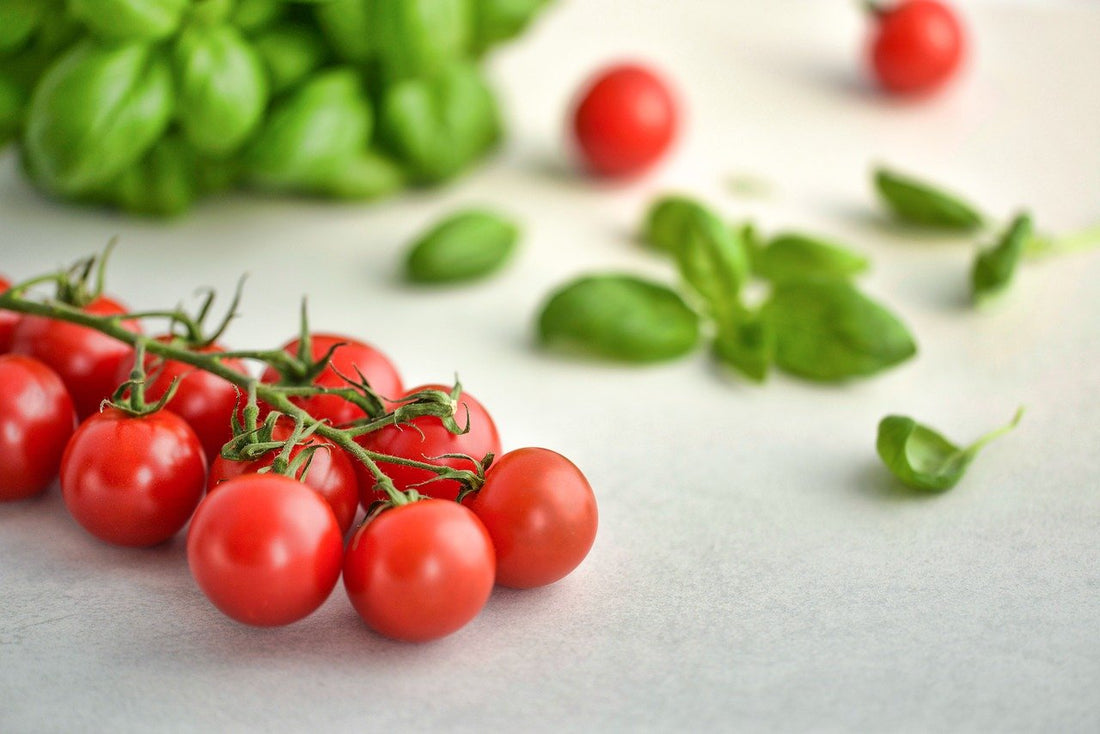Italian food is known for its flavorful, not to mention delectable, meals all over the world. The ingredients that are sprinkled on the dish are enjoyed by people from all over the world. Each ingredient appears to have its backstory.
Dear Miami residents, you no longer have to travel to Italy to hear those lullabies. Instead, we're here to provide you the names of the top 12 traditional Italian ingredients that you can find in Miami today.
12 Traditional Italian Ingredients
All Italian cuisines are built on the foundation of the following ingredients. As a result, understanding them might assist you in selecting the top ones in your Miami market. Let's take a look at them.
1. Extra Virgin Olive Oil
Olive oil is commonly used in our cookery. The extra virgin olive oil in Italian olive oil is what sets it apart. When used as a garnish in cooking, it lends the food a peppery flavor. This "Italian gold" may be found in nearly every Italian cuisine, including focaccia and salad.
When you're out shopping for olive oil, you'll see a multitude of labels that you'd like to comprehend. There are three types of olive oil to pick from- refined, unrefined, and cold-pressed. Choose the refined option if you want something uncomplicated. If you're after something natural, cold-pressed olive oil is the way to go.
2. Balsamic Vinegar
Balsamic vinegar is a rich, well-aged vinegar from the Italian regions of Modena and Emilia-Romagna. Vinegar includes a variety of flavors and can be used in marinades and sauces.
Balsamic vinegar is created from wine grapes rather than the wine itself. This is a common misperception, although it's created particularly from Trebbiano and/or Lambrusco grapes, skins, stems, and seeds Italy. They're all juiced and left to age for a long time to make them ready for use.
Desserts like ice cream, panna cotta, and salad dressings are prepared with this sweet vinegar.
3. Garlic
The abundance of garlic is one of the major motivations why all of Miami's Italian restaurants are thriving. To provide the cooking framework, this component is sautéed in olive oil.
Follow these guidelines when purchasing garlic to ensure you obtain the freshest available. First and foremost, feel the bulbs. They're fresh enough to be added to your bucket if they're firm and plump. Next, stay away from those that are mushy and spongy on the inside. Otherwise, it will sprout bulbs with shoots.
Make sure they're stored in a dry, dark area after you've bought them. It's preferable if you find a location with adequate airflow.
4. Pasta
Pasta is composed of flour, eggs, olive oil, water, and salt and is among the most famous menu items in a restaurant. They are available in a multitude of forms and sizes.
Spaghetti (which is long and thin), penne (which has a tube-shaped structure), tagliatelle (which has a ribbon-like structure), Fettuccine (which is long and flat), and finally, pappardelle (flat and wide) are some of the most well-known pasta around the world.
Since its inception, this ingredient has been the gem of Italian cooking. What's interesting is that pasta appears in almost every Italian cuisine.
5. Pasta Sauce
If anyone who enjoys Italian cuisine knows what pasta is, they also recognize that pasta would be nothing without spaghetti sauce. This contributing side ingredient is crucial in the cuisine of this culture.
Consider all of the famous pasta sauces that Italy has ever created. The most famous sauce in Italy is Marinara, which is prepared with tomatoes, garlic, onion, olive oil, and basil.
Let's also include another one, the Pomodoro sauce. It's the Italian word for "tomato," and it's produced using the same components as Marinara sauce. The main difference between these two sauces is that this one is thicker and smoother than Marinara. There are also other sauces like bolognese and pesto sauce that are vastly popular.
6. Fresh Tomatoes
Before we get into what this ingredient has offered to Italian recipes, we'd like to point out an interesting fact. When tomatoes were originally introduced to Italy in the 16th century, Italians thought they were deadly. Who thought they'd become the epicenter of Italian cuisine so soon?
Tomatoes are used in almost every dish in Italian cuisine. And why not? Italy is, after all, one of the world's leading tomato producers. It has been discovered that Italy has around 300 different tomato varieties.
There are various categories of tomatoes that individuals in Miami can experience from the comfort of their own homes, ranging from cherry to Pomodorino, Beefsteak to San Marzano. You may use it in soups, salads, pizza, gazpacho, and anything else you can think of. Furthermore, you may use them to make your Italian ketchup!
You must select the best Italian tomatoes from the market to enjoy the best Italian tomatoes. But how can you tell who they are? To solve this problem, look for tomatoes with tight, taut skin that has a little give to them.
7. Oregano
Here's another essential ingredient that every Italian values, which is oregano. The earthy flavor of dried oregano provides depth to foods like pizza, salads, and grilled meats.
8. Capers
Capers are the flower buds of the Flinders rose bush that are being pickled. They are usually tiny and release salty green orbs. This is why it's used in recipes like chicken piccata and puttanesca sauce throughout the Mediterranean. So, the next time you want to make these meals, ensure to include capers.
9. Porcini Mushrooms
Porcini mushrooms thrive in the shade of pine and oak trees. They are very common in the Italian city of Tuscany. These mushrooms are well-known for their use in risotto and in wine sauces to lend texture to a dish.
Chefs who prepare Italian cuisine stress the use of mushrooms in Italian sauce because they offer a substantial taste to the dish. Furthermore, they are a good source of protein.
If you want to get quality Porcini mushrooms, the optimum season to do so is throughout the summer and fall.
If you come across fresh Porcini mushrooms, stack them as much as you can.
10. Basil
Basil is one of the most common Italian herbs you'll come across. They're known for their aromatic green herb with a smoky, minty flavor.
If you approach any Italian chefs in Miami, they'll encourage you to plant the herb in your backyard. This is because it'll supply you with some fresh basil to utilize in your cooking.
11. Italian Cheese
We understand that cheese is made from milk that has been let to age. A similar procedure was employed by the ancient Romans to manufacture a variety of cheeses. Now, there are a plethora of cheeses available at your store, ranging from Parmigiano-Reggiano to Grana Padano.
Every Italian has a soft spot in their hearts for cheese, and we're confident it will do the same for you. Adding cheese to dishes such as spaghetti, pizza, and salads may elevate their flavor to new heights.
12. Red and White Wine
When you go on a date, you drink wine. To sip the best wine on your dates, go for the Italian wines. For many people, Italy is linked with wine.
Since the Ancient Greeks colonized the peninsula, wine has been an integral component of Italian culture. Aside from drinking it, Italians love to use it to enhance the flavor of their meat recipes while they are simmering.
Conclusion
You will no longer have to rely on the Italian restaurants in this city to sample the cuisine of this country. Now that you're aware of the top 12 traditional Italian ingredients that you can find in Miami today, you can simply get them from our Italian local deli store and attempt to prepare recipes on your own!
You'll thank us later for paving the way for you to enjoy Italian cuisine in the comfort of your own home!

